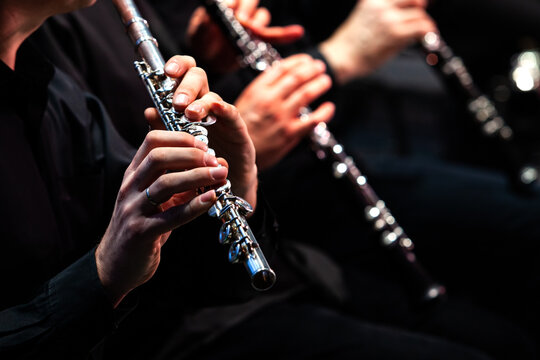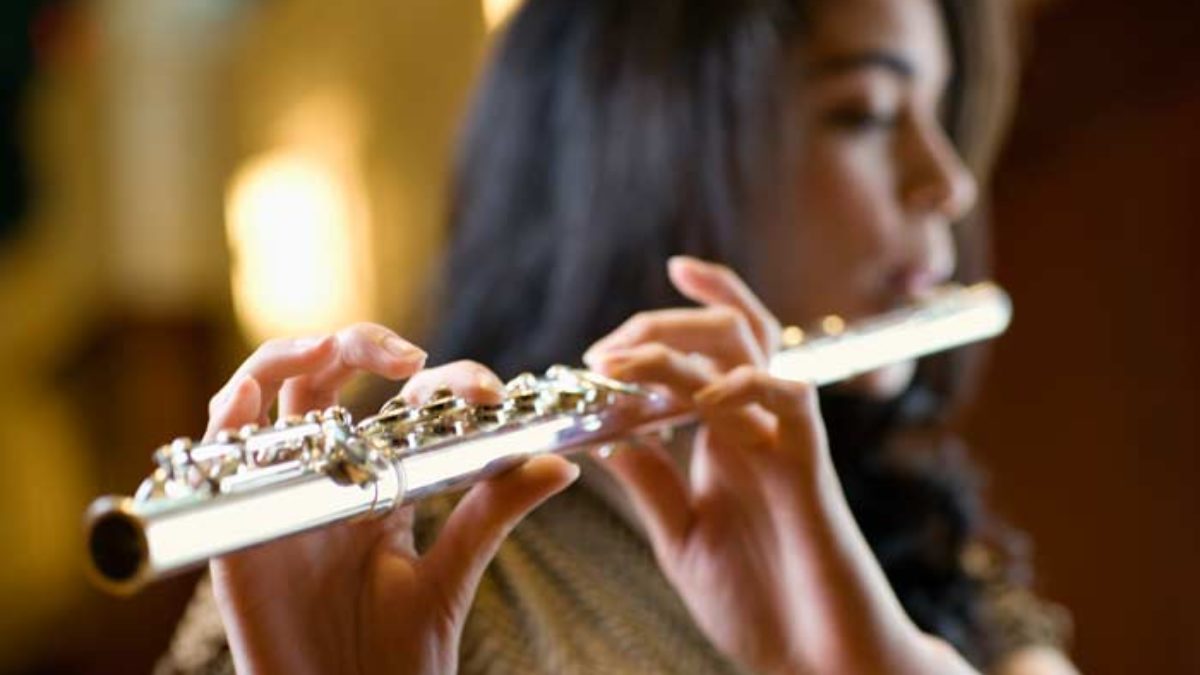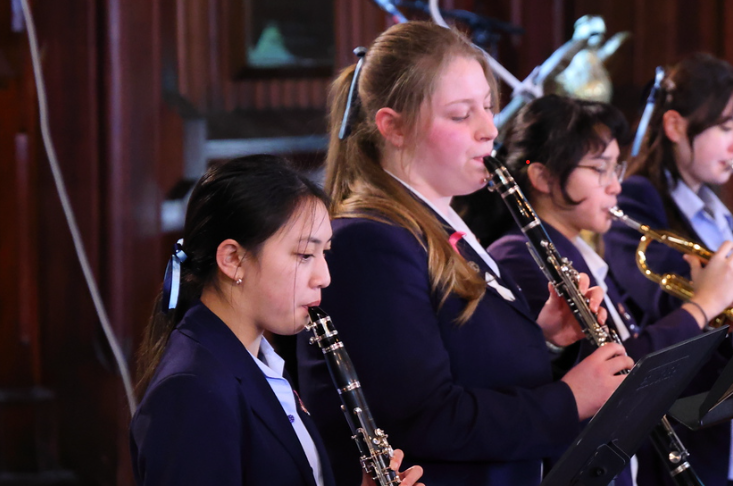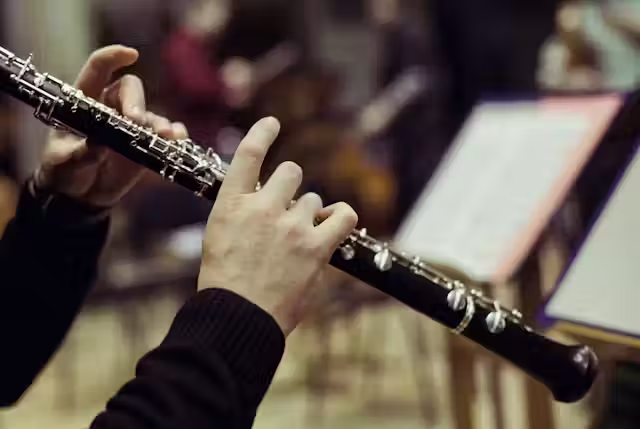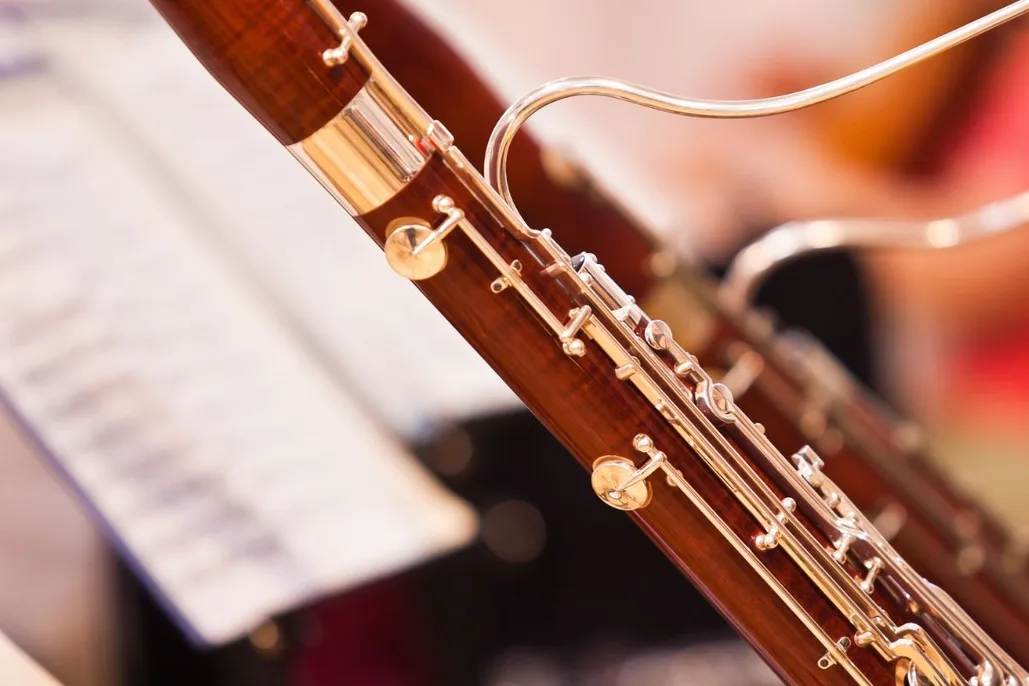Woodwind instruments are some of the oldest in classical music, with roots stretching back thousands of years to simple flutes made from bone and reed pipes used in ancient cultures. By the Renaissance and Baroque eras, these instruments had evolved into more refined forms like the recorder, early flutes, and the oboe, which became staples in court and church music. The 18th and 19th centuries saw major developments in design, especially with the addition of keys and improved mechanisms, allowing for greater range, agility, and expressive power. The modern woodwind family includes the flute, oboe, clarinet, and bassoon, each with a distinct tone—from the light, airy sound of the flute to the rich, reedy voice of the bassoon. Together, they bring color, contrast, and character to orchestral music, often imitating sounds of nature or adding unique emotional depth. Their long history and constant refinement have made them essential to the sound world of classical music.
